The History of Société des Bains de Mer, the Oldest Hospitality Management Company in the World
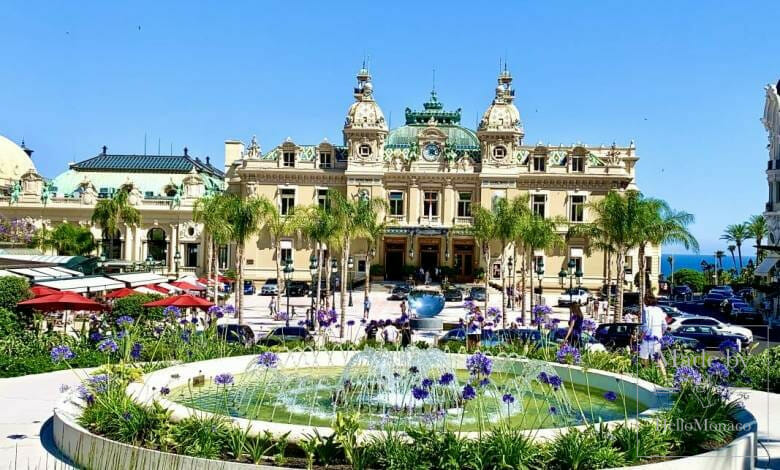
Would it be even possible to imagine Monaco without its legendary Casino or Café de Paris? Or without its unique luxury hotels and gastronomic restaurants? Or its nightclubs and boutiques? There were times, however, when nothing of what Monaco is famous for today was there. The transformation happened precisely 160 years ago. In the spring of 1863, the Société des Bains de Mer (the Sea Bathing Society) was created by a princely decree. Its main shareholder was a man who changed the course of the Principality’s life once and for all.
Nowadays, the SBM group owns casinos, luxury hotels, more than three dozen cafes and restaurants, nightclubs, spas, beaches, event venues, golf clubs and boutiques. But let’s go back in history to remember how it all started for Monaco’s, perhaps, most legendary company.
Prior to 1863: desperate survival attempts
In 1856, a new prince, Charles III, came to reign over Monaco. Things were not going well for the Principality. Its population was unhappy with their poverty. Most of its territories, in particular, the rebellious cities of Roquebrune and Menton, had long been out of control (in 5 years they would gain their total independence). The country was actually on the verge of bankruptcy.
With the reins in his own hands, Prince Charles immediately took emergency measures. To make the country attractive to wealthy clients, he legalized gambling. The first gaming hall was thus opened in the Condamine area, at the Bellevue Villa. The business was not that profitable to start with however. The owners had to give up on it the very next year. Another casino opened in the Old Town, right in front of the Princely Palace. But a good location had not helped. No extra income was registered for the treasury, so the venture was still unsuccessful.
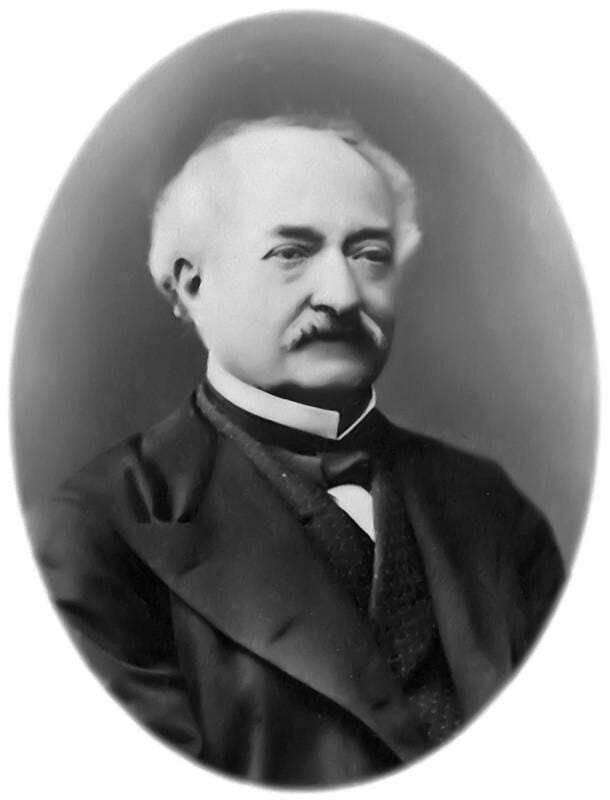
After a series of failed attempts, Prince Charles and his mother Caroline Gibert de Lametz realized that it was all about savvy business management. That’s when they had the bright idea of inviting the “Wizard of Homburg”, François Blanc. His entreprenerial spirit had already transformed a heavily indebted German town into a prosperous resort and they were hoping the same for the Principality. As to François Blanc, he was already considering the French Riviera as an all-year-round business venue. So the offer was happily accepted. Following the sovereign decree of April 2, 1863, Blanc received a 50-year concession for operating the casino and managing its gambling activities. He was to pay a total of 1.7 million francs, an annual fee of 50.000 francs and 10% of his net profit.
1863–1877: a miraculous transformation
François Blanc and his wife Marie thus moved to Monaco. Blanc did much more than just manage a casino, he totally changed the fate of the Principality. It was now a whole new world, that of luxury, like never before in Europe. As a venue for his ambitious plan, he chose, one would say, rather a strange place. It was the deserted and arid plateau of Le Spélugues, some distance away. There was nothing but vineyards, olive, carob and fruit trees. In 1863, the Casino was built, and a year later, the Hôtel de Paris. In 1865, an area for playing the game of bowls was opened right in front of the Casino, and three years later, the Café Divan (the future Café de Paris).
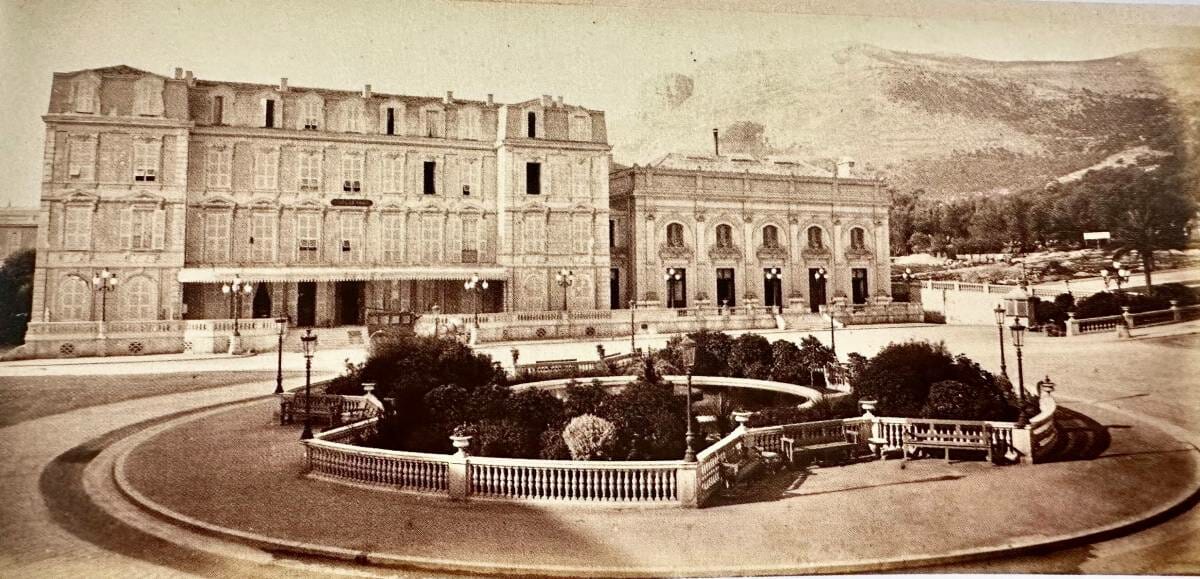
François Blanc then used all his connections to build a Monaco railway line. He generously sponsored major European newspaper editors who made sure everybody knew that Monte-Carlo Casino roulette had one zero less, largely increasing the chances to win. As early as the first year, under the “wizard of Homburg”, the casino profits amounted to 800,000 Swiss francs. Three years later, they were two million.
Monaco rapidly became a popular holiday destination for the European elite. Money was flowing in like a river. In 1869 — only six years later! — Prince Charles III exempted his subjects from income tax. Since that time and to this day, the Principality’s residents are also forbidden from gambling in local casinos.
1866: the birth of Monte-Carlo
As if by magic, this area, once dreary, became a centre of bustling social life. Magnificent gardens and villas were spreading around the Casino and Hôtel de Paris that now needed a rebranding. On June 1, 1866, Prince Charles III baptized this new area Monte-Carlo (to honour his own name, as you may have guessed).
To accomodate an increasingly growing number of tourists, François Blanc expanded the Hôtel de Paris just two years after its opening. In January 1866, its first guests were literally dazzled by the new building designed by Godinot de la Bretonnerie. Gas lighting produced by a Monaco factory was just another one of its attractions. Despite its modest size, the Café Divan was a “place to be” for meetings, entertainment and relaxation.
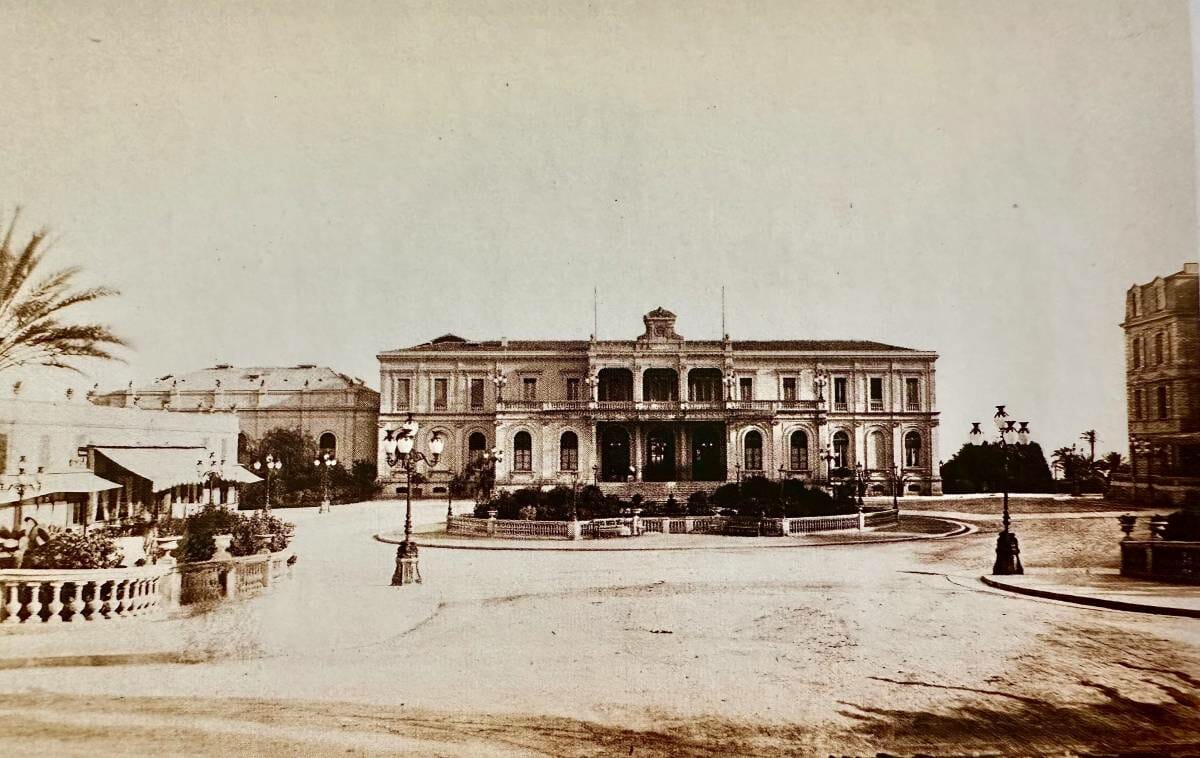
Everything François Blanc had dreamed of came true. The Principality’s new area became a reference in the world of gambling, luxury and hospitality. Not surprisingly, Blanc was quickly nicknamed the “Wizard of Monte-Carlo”.
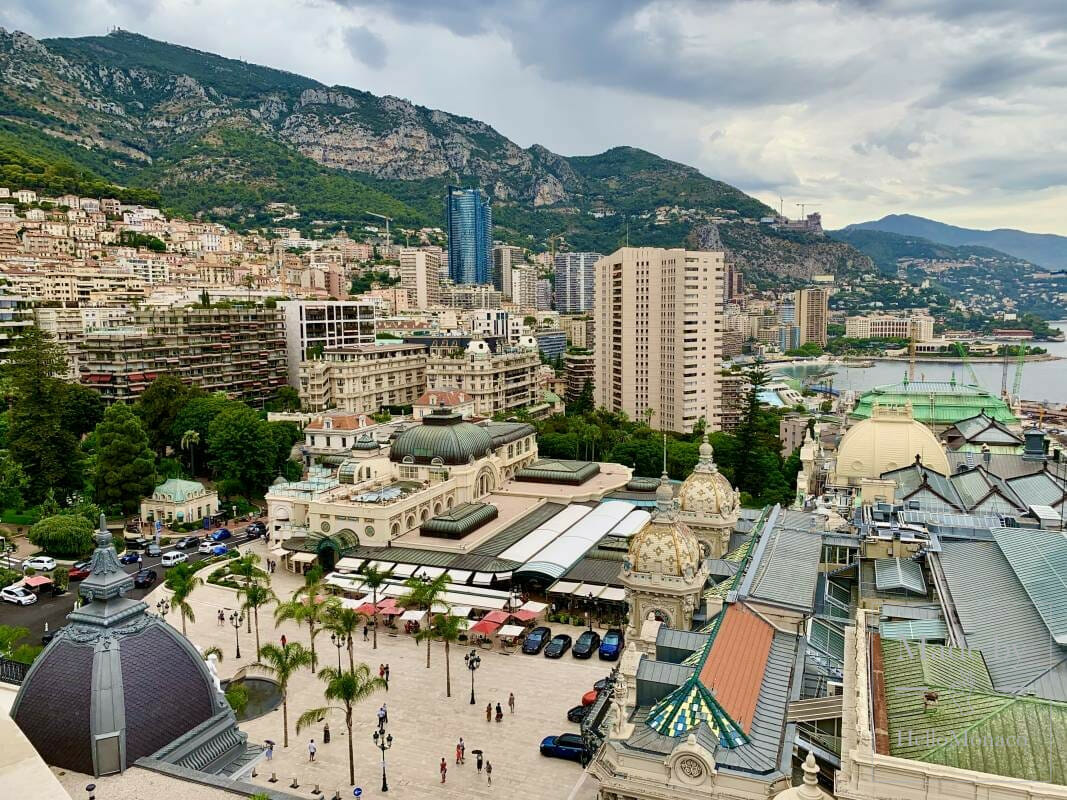
1877–1881: Marie Blanc’s entrepreneurial talent
With the death of François Blanc in 1877, the SBM leadership passed on to his widow. The daughter of a shoemaker, Marie Blanc, had to work from the age of 14. She was in no way inferior to her legendary husband neither in terms of perspicacity, nor business acumen, nor generosity. Marie thus invested her own money to restore the Hôtel de Paris fine wine cellars. In 1878 she ordered the old Casino buildings to be demolished to make room for new ones. The construction of the Casino large gambling hall was undertaken under the supervision of then fashionable Charles Garnier, eventually famous for the Parisian Grand Opera.
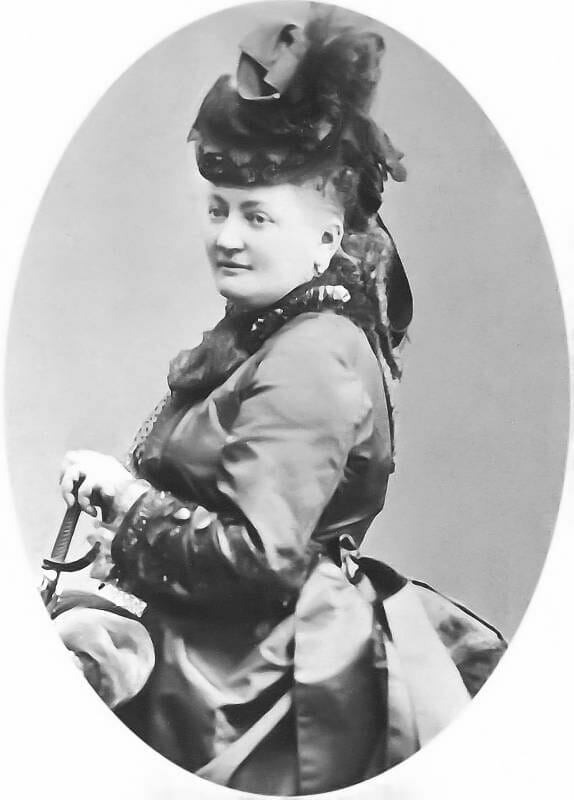
1879 was the year of Monte-Carlo’s major transformation. On January 25, the Monte-Carlo Opera designed by Charles Garnier was officially opened. It was built in record time thanks to Marie Blanc’s financial support. The ceremony was attended by the star of the Comedie Française, Sarah Bernhardt. In the same year, Garnier gave its present look to the Casino building. He added a dome and two bell towers, while Dutroux designed a remarkable Casino atrium. Its twenty-eight stone columns presently support the gallery lit by magnificent bronze candelabra. And last but not least, still in 1879, thanks to the enthusiasm of a landscape architect Edouard André, luxurious tropical gardens were laid around the Casino Square.
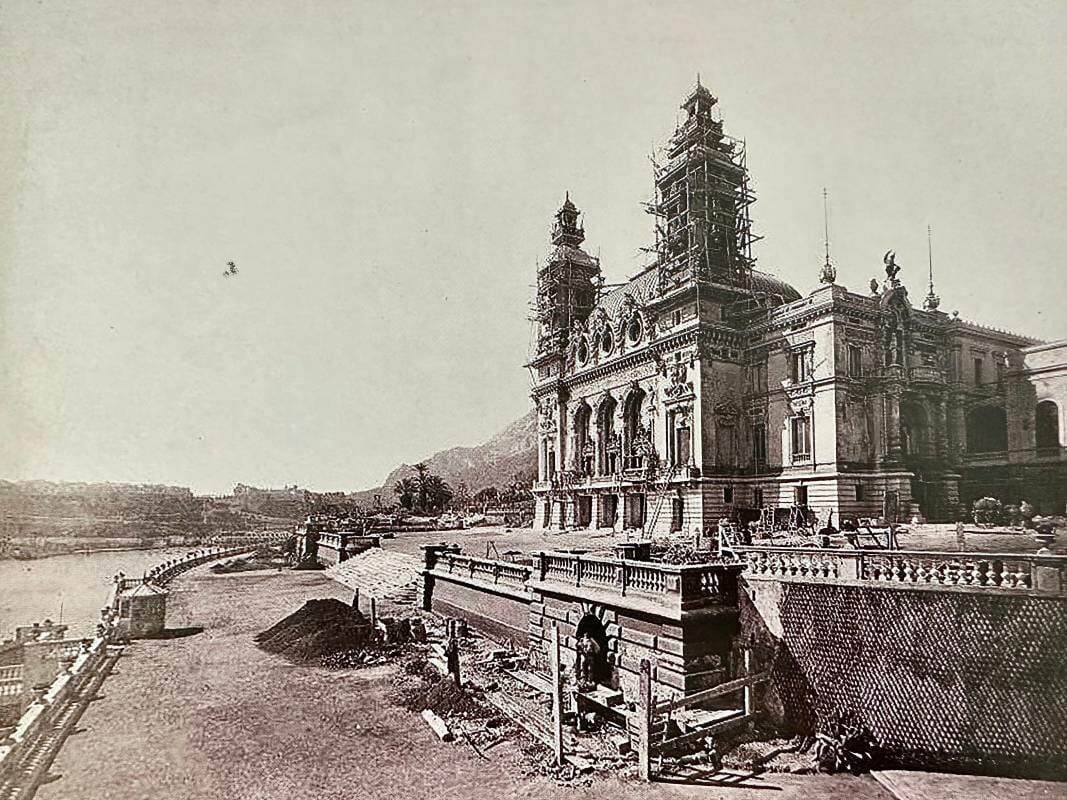
The success of the Monte-Carlo Casino was so overwhelming that it had to be constantly expanded. In 1881, Charles Garnier built its Hall of Americas. Nine years later, Charles Touzet designed two more of the Casino halls.
Marie Blanc survived her husband by only four years and died at the age of 47. She had accomplished some remarkable business projects. By the time of her passing away in 1881, the Hôtel de Paris and the Monte-Carlo Casino were the place to be for luxury lovers from all around the world.
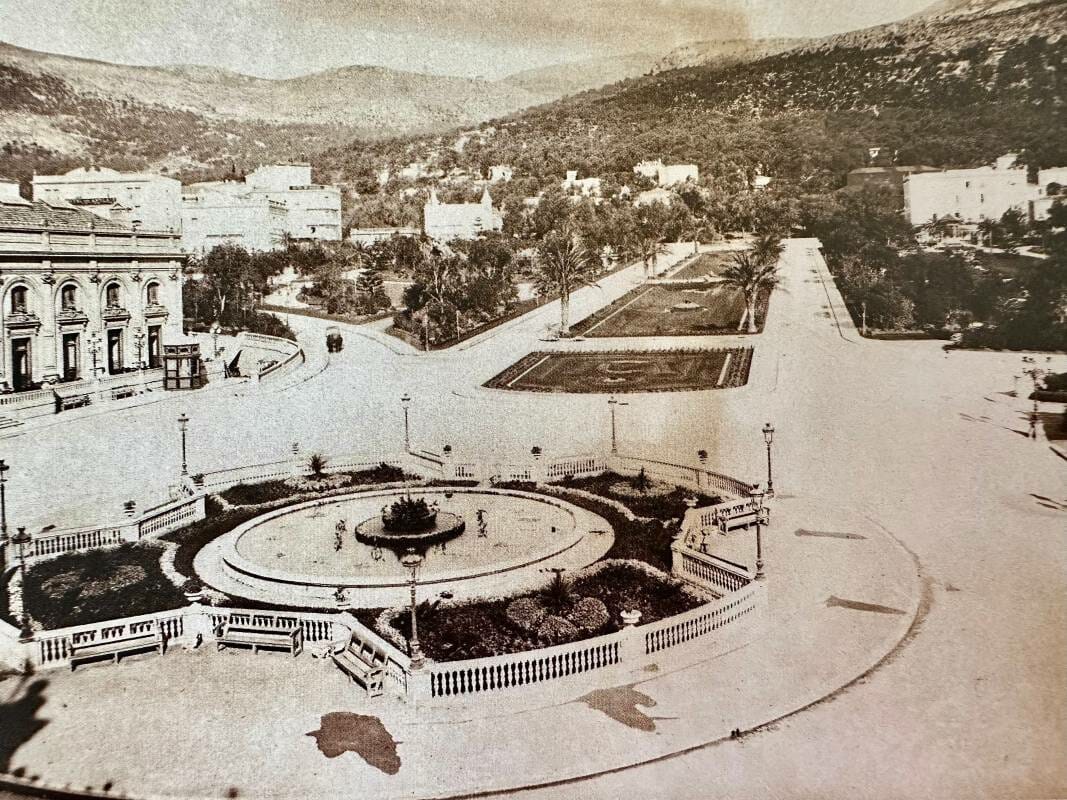
Late 19th — early 20th century: ballet, science and technology
In 1882, Café Divan was renamed Café de Paris. In the spring of 1897, a magnificent Moorish-style building was constructed on its site. In the early 20th century, Sergei Diaghilev was engaged by the Monte-Carlo Opera. After the success of the Russian Ballets in Paris in 1907–1910, Diaghilev wanted to manage his own ballet company, and the Principality happily gave him that chance. After the shows, the Diaghilev troupe were dining at the Café de Paris every night, making it the most glamorous destination in Monte-Carlo.
At the start of the century the modest Hermitage Hotel built back in the 1890s was transformed into a luxurious residence. Its Belle Epoque restaurant, designed by Gabriel Ferrier, the French Prix de Rome winner, was awarded a gold medal at the 1889 Exposition Universelle world’s fair. It was decorated with magnificent frescoes, reminiscent of Fragonard and Boucher.
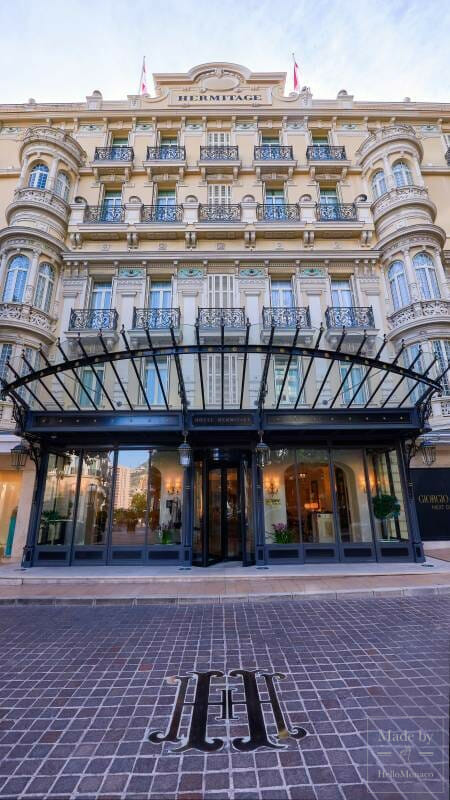
Around the same period, the Hôtel de Paris acquired a new wing, the legendary Rotunda. Initially, it was topped with a dome engraved with the Parisian coat of arms. It was then raised to twice its hight, increasing the hotel capacity as more players were flocking to the Casino.
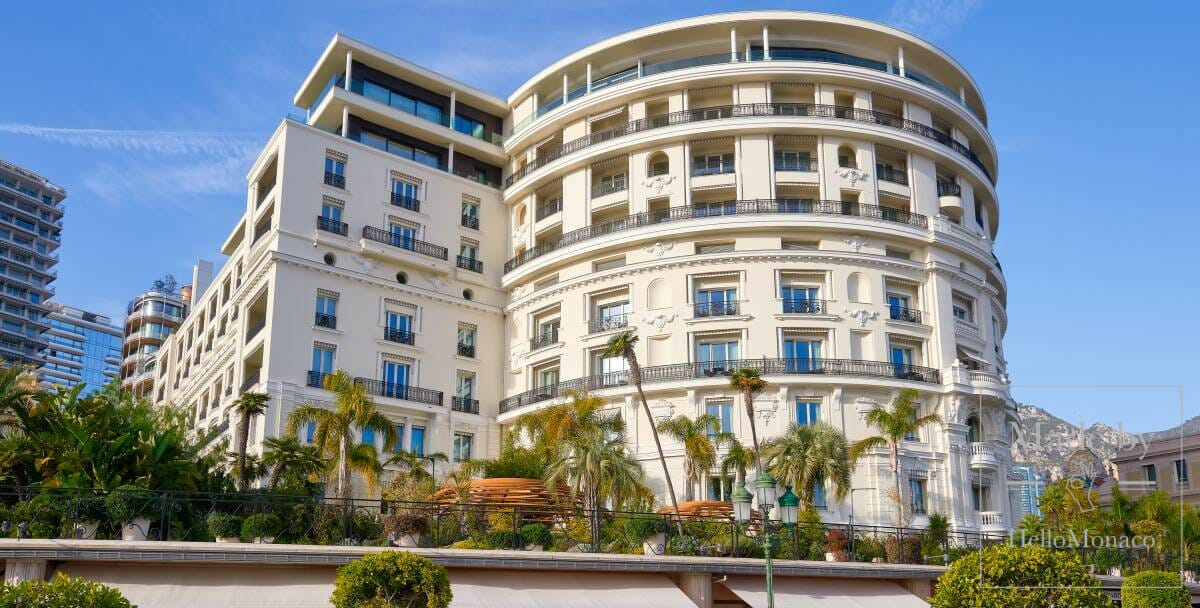
Back in the day, Monte-Carlo was already famous for its advanced technologies. The Casino basement was made available to a Belgian inventor, Zénobe Gramme. The engineer was challenged to improve his famous dynamoelectric machines in order to generate electricity and make Monte-Carlo the first city ever equipped with electric lighting. An accidental fire sadly forced the Casino management to stop that promising cooperation.
But the most popular technological achievement of the day was the car. This new type of transport was increasingly sollicited thanks to 19th century motorboat racing at the forefront of the internal combustion technology. For luxury cars to glide in style, the Principality streets were promptly paved with asphalt. As early as 1911, the first Monte-Carlo Rally was held, won by pioneer aeroplane pilot Henri Rougier.
The first half of the 20th century: a new summer destination
After World War I, Monte-Carlo was to become a seaside resort with its tourist flow just as important during the summer months. It desperately needed a summer infrastructure, however.
In February 1928, with the help of SBM, the Monte-Carlo Country Club was opened. The ceremony was honoured by Prince Louis II and a number of crowned heads, adding weight and prestige to the event. In the late 1920s, the Monte-Carlo Beach Hotel, reminiscent of Florida palaces, became another popular summer destination. Its premium service and unforgettable costume parties quickly brought the hotel an army of loyal fans. In addition, a new promenade was eventually built in Monaco for its bathers, next to Larvotto beach.
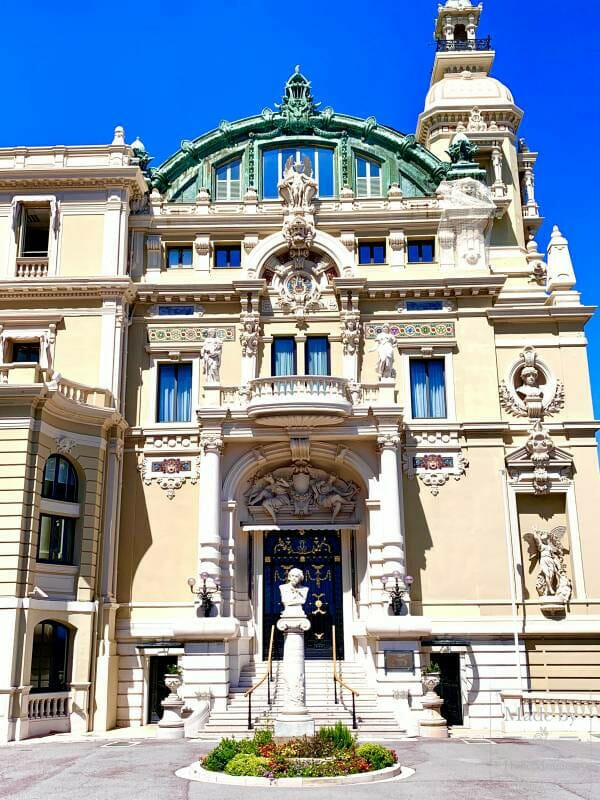
In 1931, Summer Sporting was opened on the promenade hosting the most spectacular shows of the season. A year later, the Winter Sporting sprang out on Casino Square. This Art Deco building, constructed on the site of the Fine Arts Palace, was destined to become a legendary institution attracting “la crème de la crème”. The Sporting with its restaurant and nightclub was only accessible on a membership basis.
As to the Café de Paris, it was time for it to undergo yet more major reconstructions. The domes built in the early 20th century were dismantled, and its faience was replaced by Art Deco friezes.
Monte-Carlo’s magical success made the population oblivious, even if for a short time, as to the main problems of the day: the 1930s crisis and the threat of war. The Hôtel de Paris seemed a safe haven where one could hide from the impending disaster.
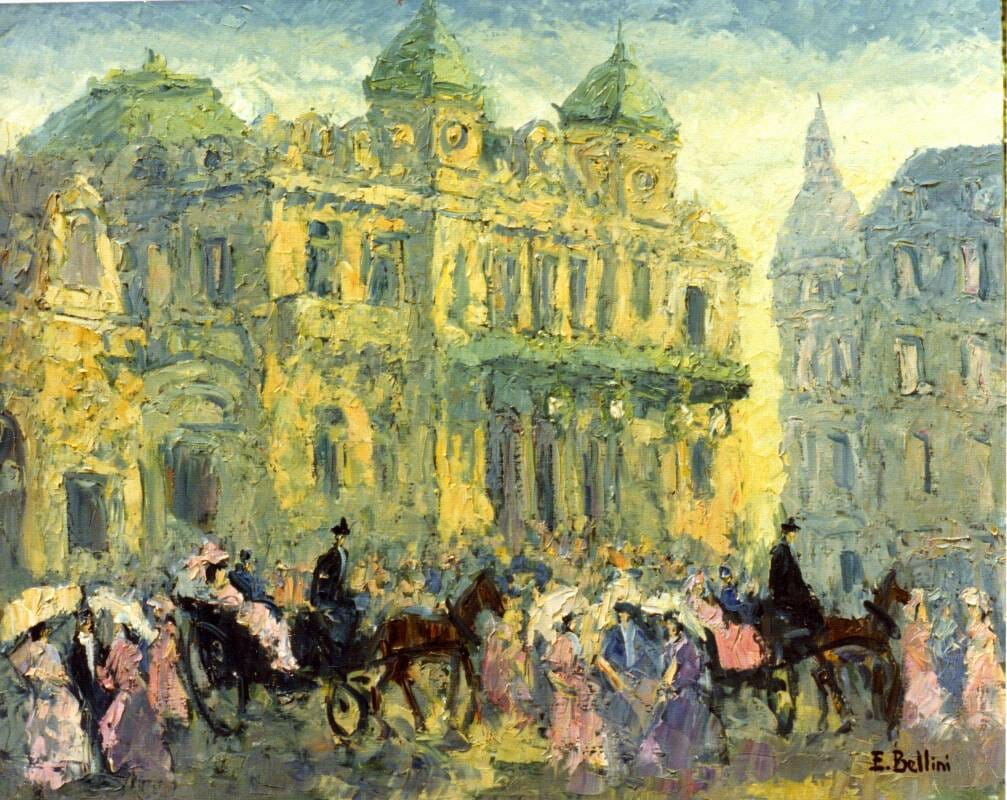
The second half of the 20th century: the blessing of the Rainier III reign
The victory of the Allies in World War II enabled Monte-Carlo to get its clientele back. In the 1950s, the Principality’s prestigious galas were attended by the Duke and Duchess of Windsor and the Duke of Edinburgh, the Hôtel de Paris’ winter residents. Charlie Chaplin came to Monaco to present his “City Lights”. The year 1952 was marked by the arrival of Greek shipowner Aristotle Onassis. His oil company offices took over the former Marie Blanc’s residence.
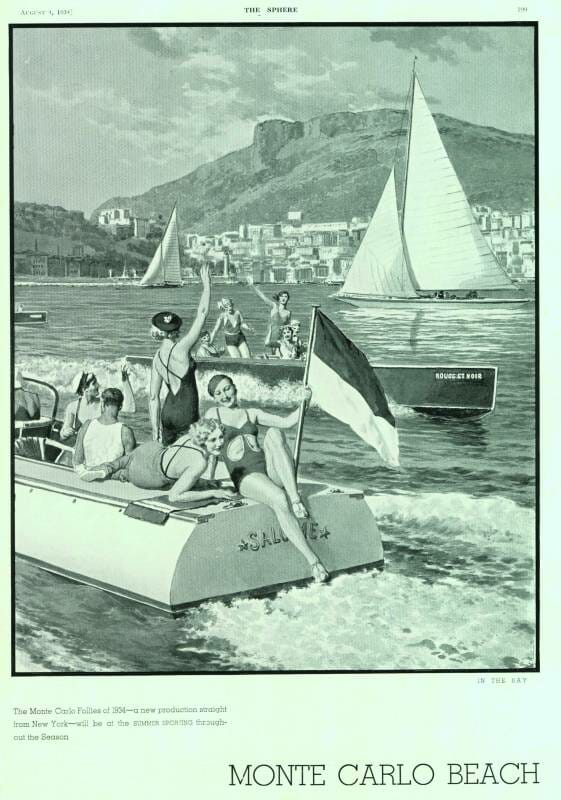
Prince Rainier III who came to rule in 1949 focused on business tourism, favouring international congresses. In 1961 the first Monte-Carlo television festival took place, eventually becoming an annual event. In 1966, as part of the Monte-Carlo centenary, SBM organized a ball attended by the Monegasque princely couple. On March 13, 1968, to honour the Salon of Europe, the Grand Bal Paré 1900 was held, attended by Prince Rainier III and Princess Grace. On March 15, 1969, the Grand Bal des Têtes was hosted by the Hall of Americas.
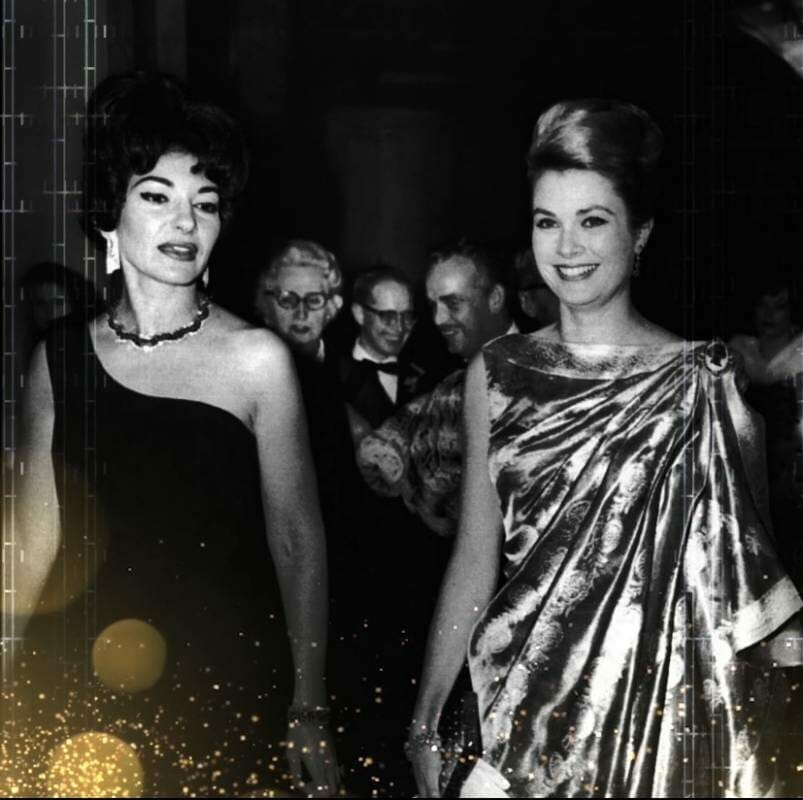
In 1971, Jimmy’z nightclub was opened, and in June 1974, the Monte-Carlo Sporting Club. Ten years later, in 1981, after a 26-year hiatus, the lights came on again at the Fine Arts Theatre, presently known as that of Princess Grace. And in April 1995, after a two-year construction, the Thermes Marins Monte-Carlo thalassotherapy complex famously opened its doors.
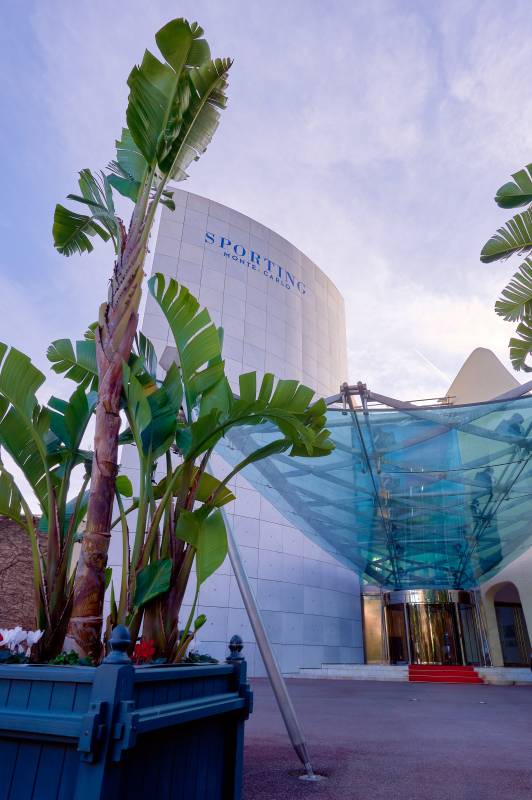
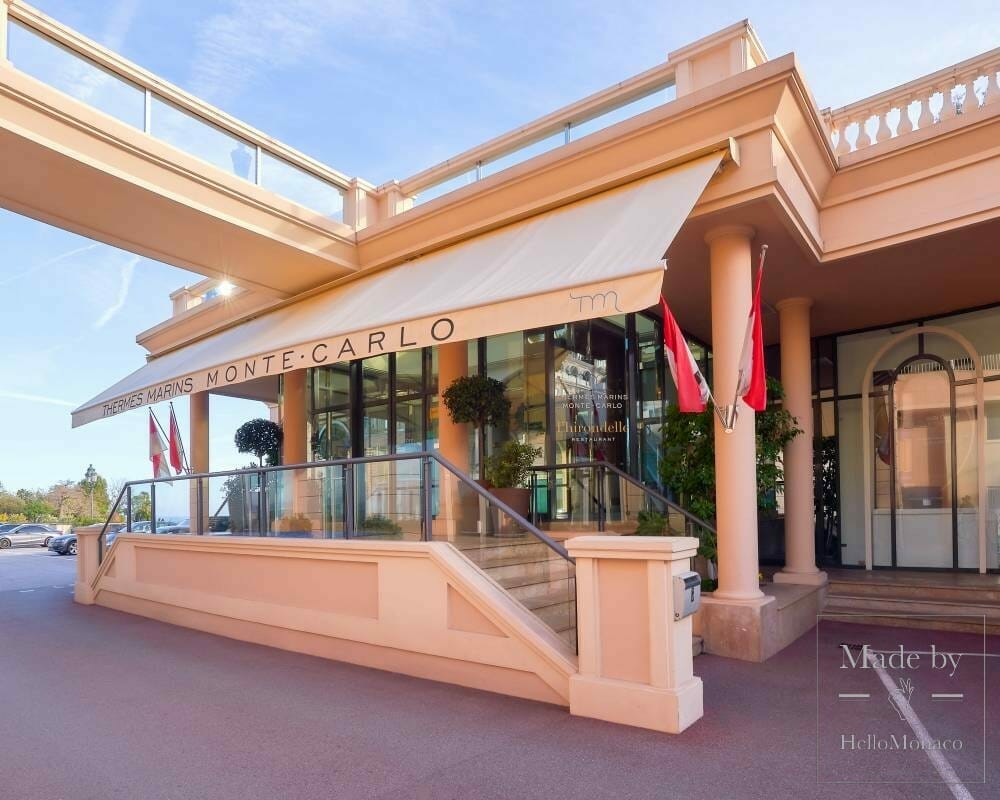
21st century: new projects and an unexpected pandemic aftermath
Throughout its history, SBM has always put the interests of its customers forward, striving to offer unforgettable holidays and utmost luxury. Constantly renovating its legendary institutions, the group has also come up with some new projects. In 2005, the Monte-Carlo Bay Hotel & Resort was opened. The new complex with a total of 4 hectares includes an 11-storey 4 * hotel with amazing sea panoramas, gardens flourishing with Mediterranean and tropical plants created by landscape architect, Jean Mus. The resort also boasts the one and only sandy-bottomed lagoon in Europe, an indoor pool, a spa centre and a helipad.
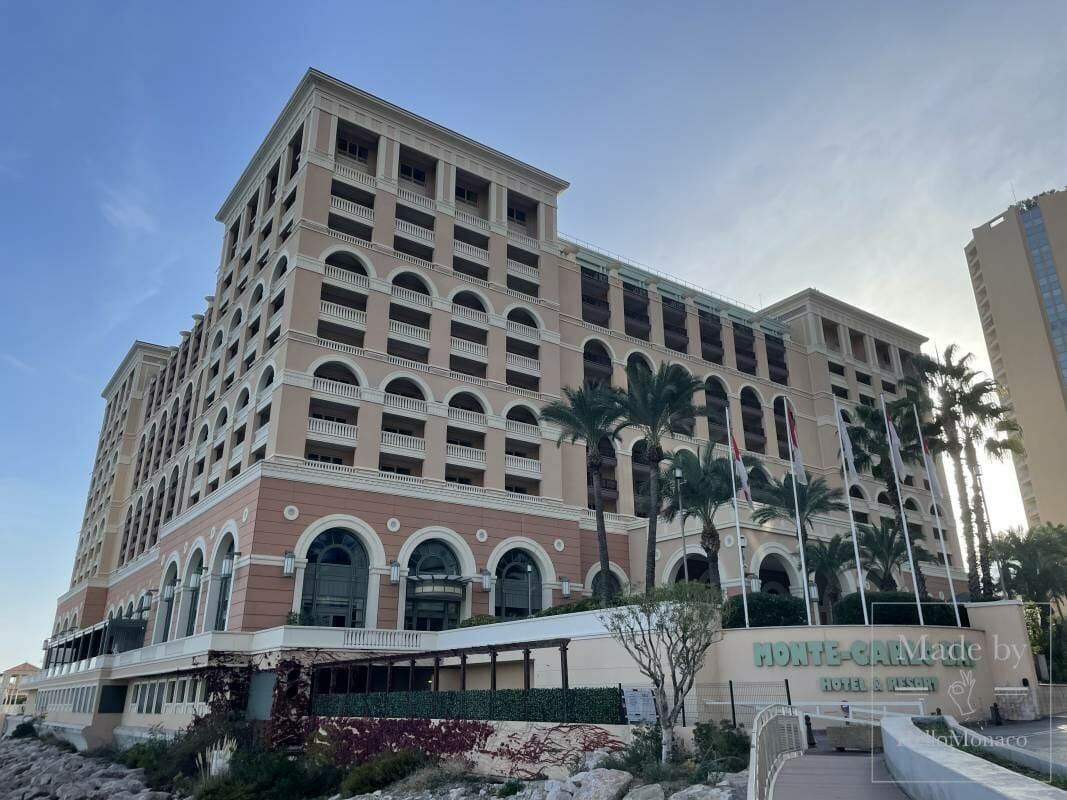
2009 turned out to be the year of a true renaissance for the Monte-Carlo Beach Hotel, completely redesigned by India Madhavi to become a five-star institution.
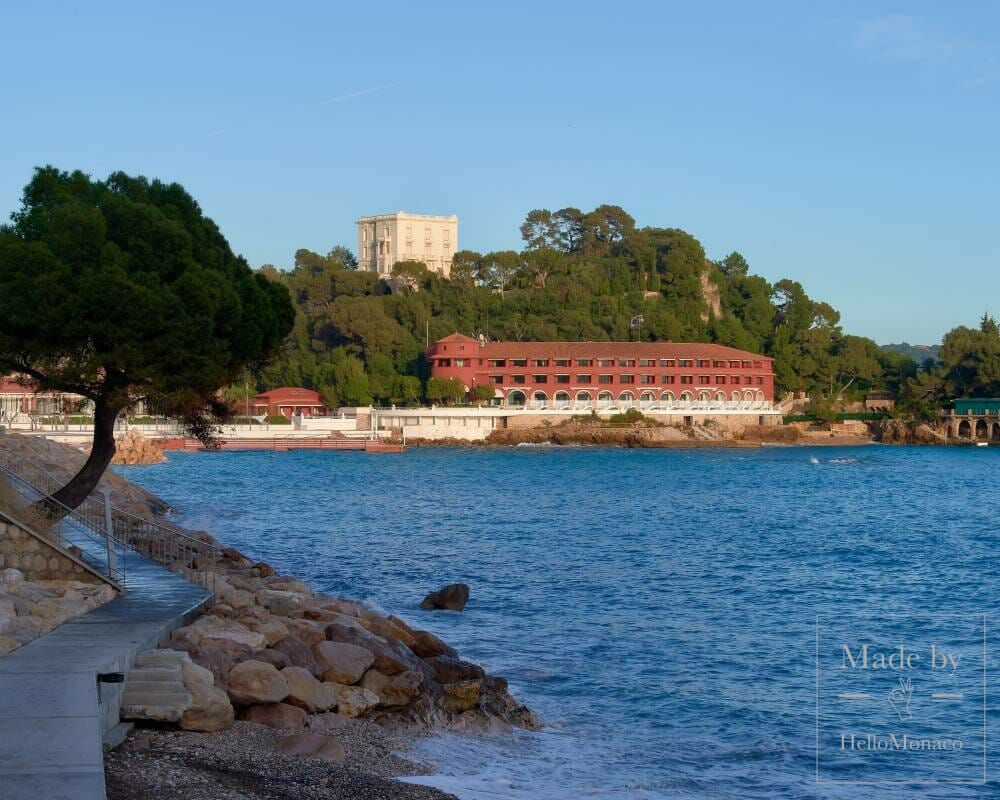
2014 will go down in SBM history as the start of the Hôtel de Paris renovation, only completed in early 2019. Prince Albert II and Princess Stéphanie eventually attended a grand opening of its two luxurious suites, named after Prince Rainier and Princess Grace. The construction of the new One Monte-Carlo complex on the site of the Winter Sporting was finished in the same year, with its grand opening on February 22.
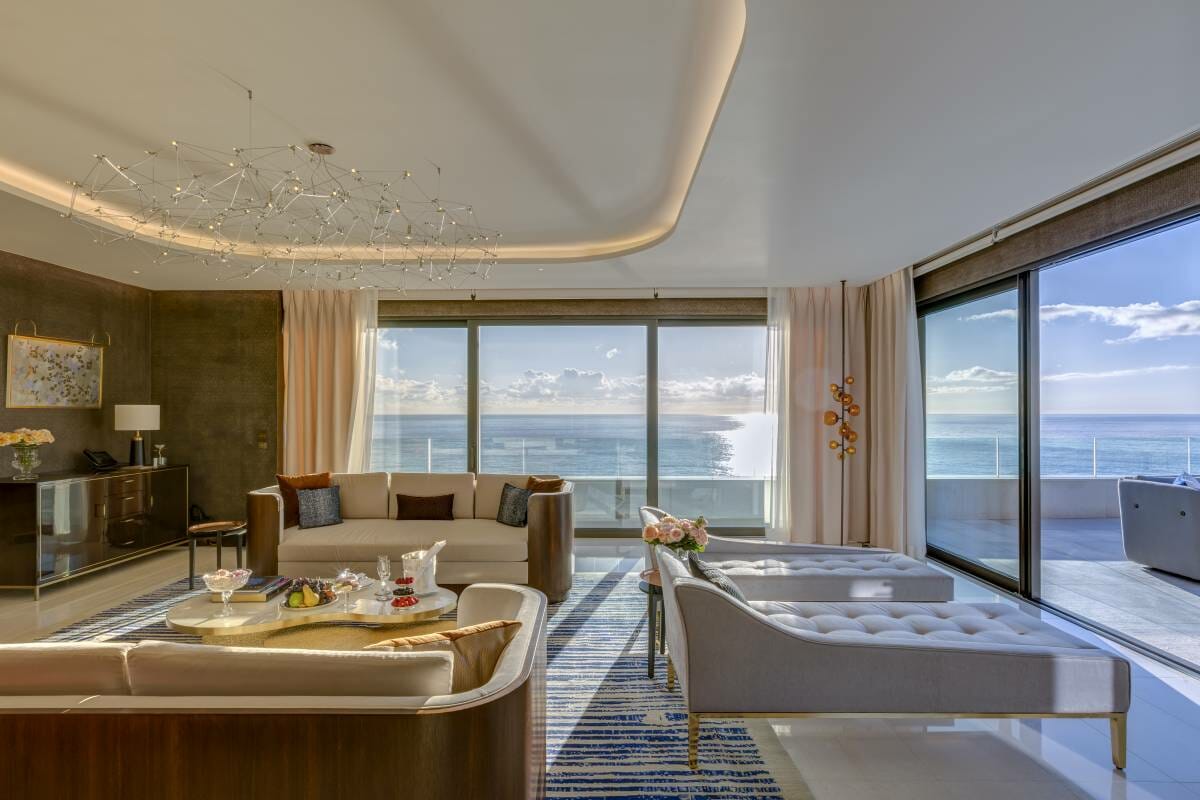
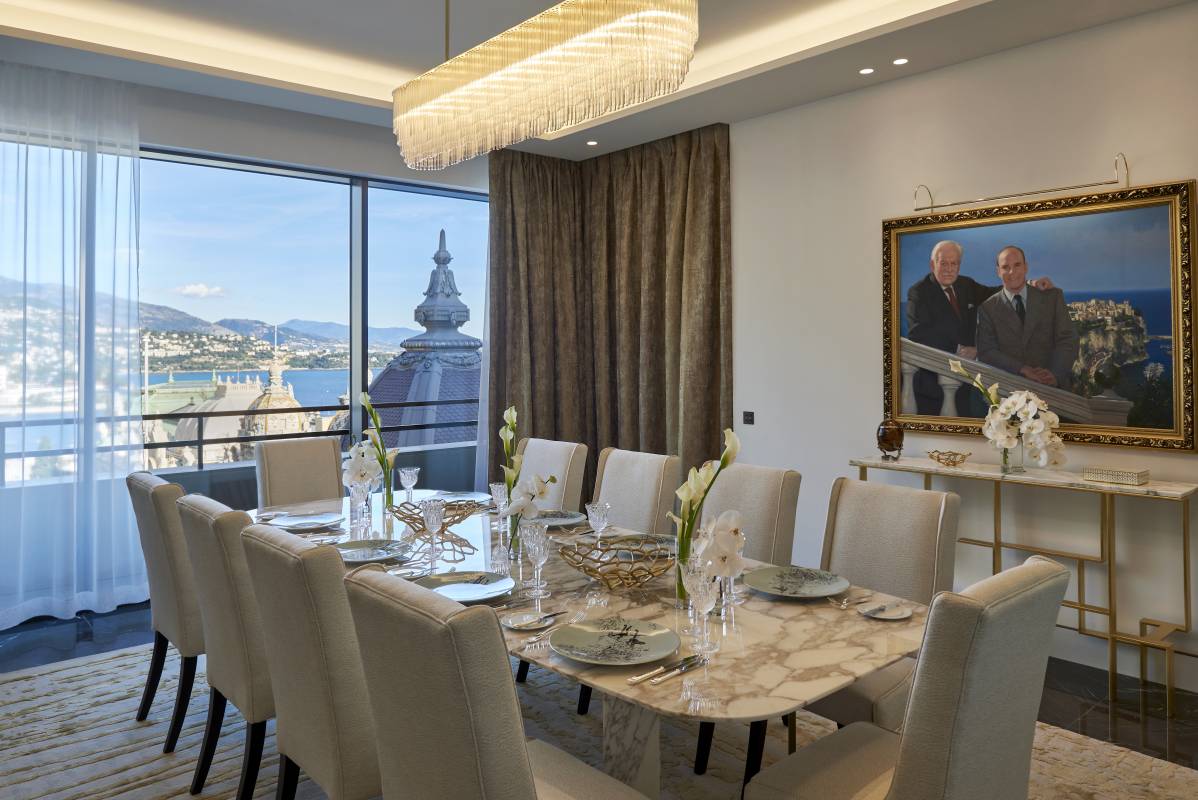
On June 2, 2020, at the height of the Covid-19 pandemic, SBM officially opened the newly renovated Casino Square.
2021 was a “gastronomic” year for the Société des Bains de Mer: COYA Monte-Carlo, the Yannick Alléno restaurant at the Hermitage hotel and the Lebanese “Em Sherif” at the Hôtel de Paris were just some of its culinary additions.
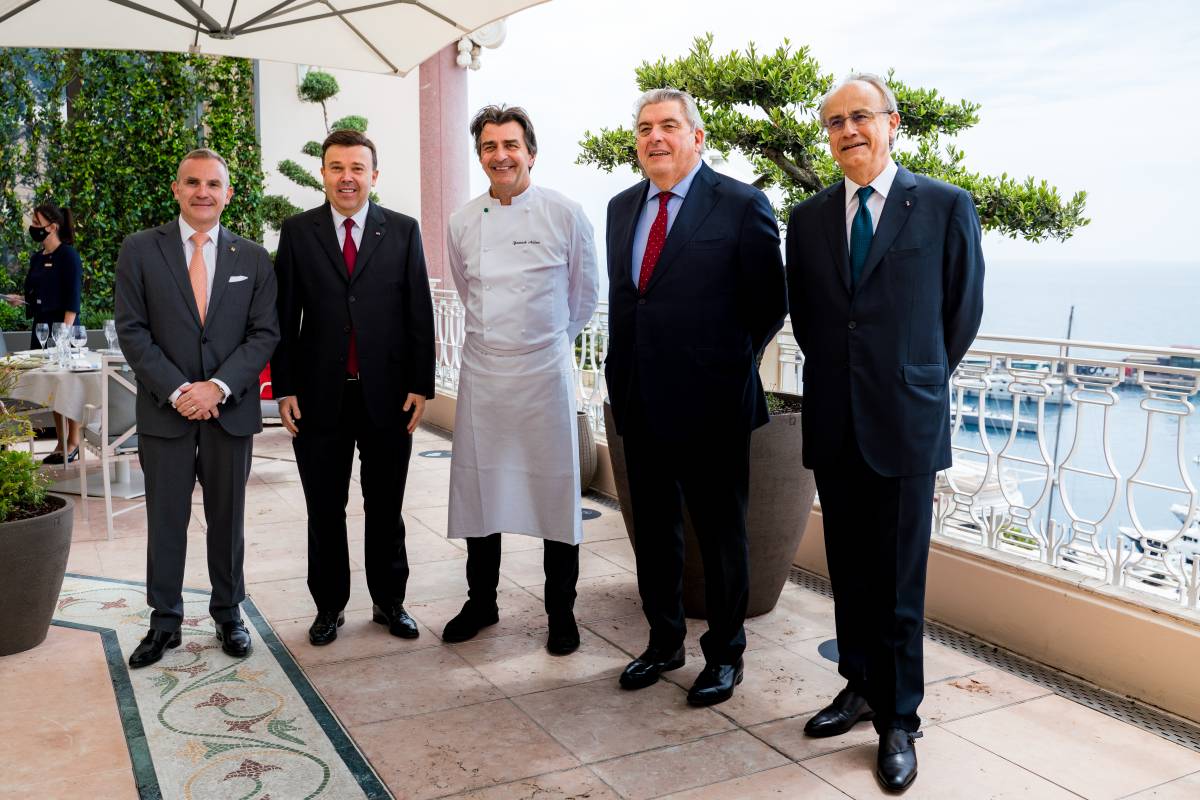
During the pandemic, SBM naturally faced serious financial problems. Its management was forced to close its restaurants, and the tourist business was put on hold. In 2020, between April and June, SBM activity dropped sharply. According to the group’s chief executive Jean-Luc Biamonti, it went down 74 % compared to the pre-Covid year. Its profits decreased by 50 %, and 66 % of employees received temporary unemployment benefits (CTTR) during the lockdown. However, SBM managed to cope through the sanitary crisis. Moreover, the group’s overall performance is now even better than in pre-pandemic times. In 2021/2022, SBM sales increased to 432.3 million euros, while the financial year 2019/2020 had finished at 408.6 million euros.
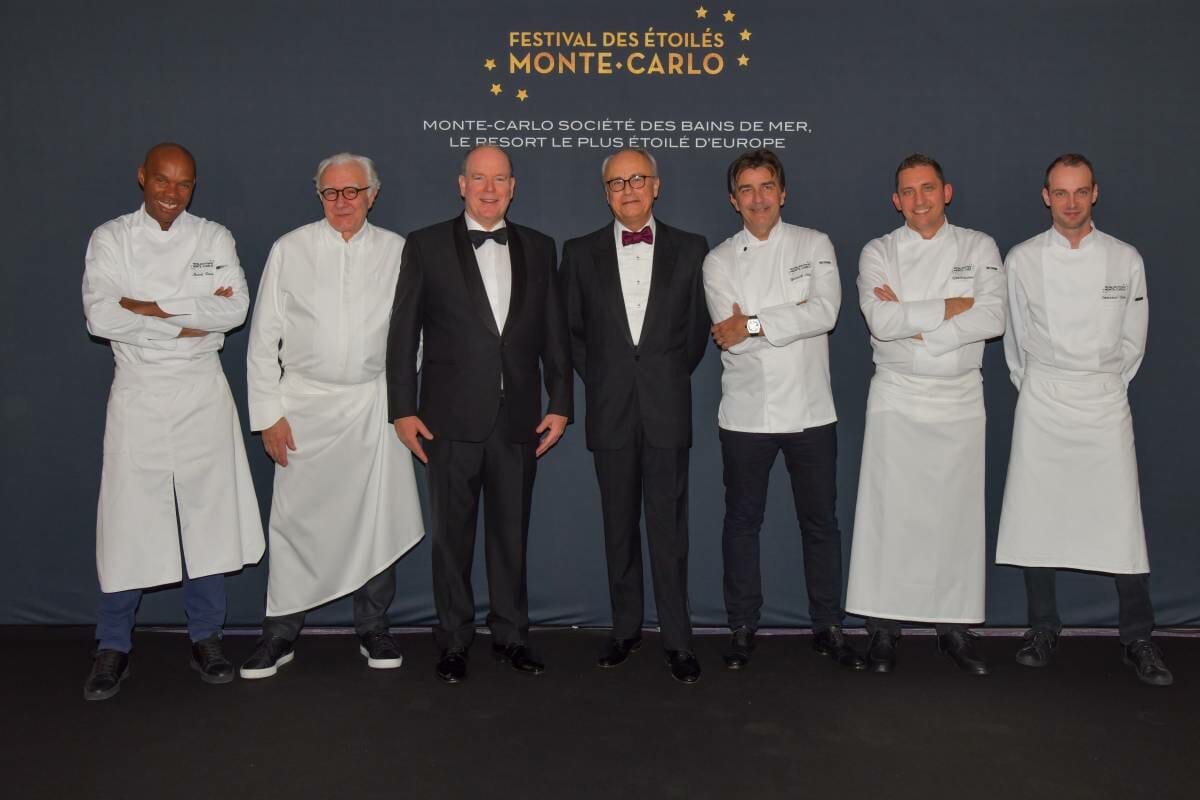
Jean-Luc Biamonti also mentioned that a new trend has emerged in the post-pandemic period. Its institutions used to generally make profit only six months of the year. The losses during the remaining months, however, can presently be avoided. This is due, in particular, to the staff restructuring which SBM was forced to carry out during the pandemic. The group now increasingly employs seasonal workers, bringing down its permanent staff numbers.
Over the past two years, the SBM group of companies recorded a profit of 530.5 million euros, 57 % more than in previous years. At the moment, it enjoys a surplus of 820 million euros.
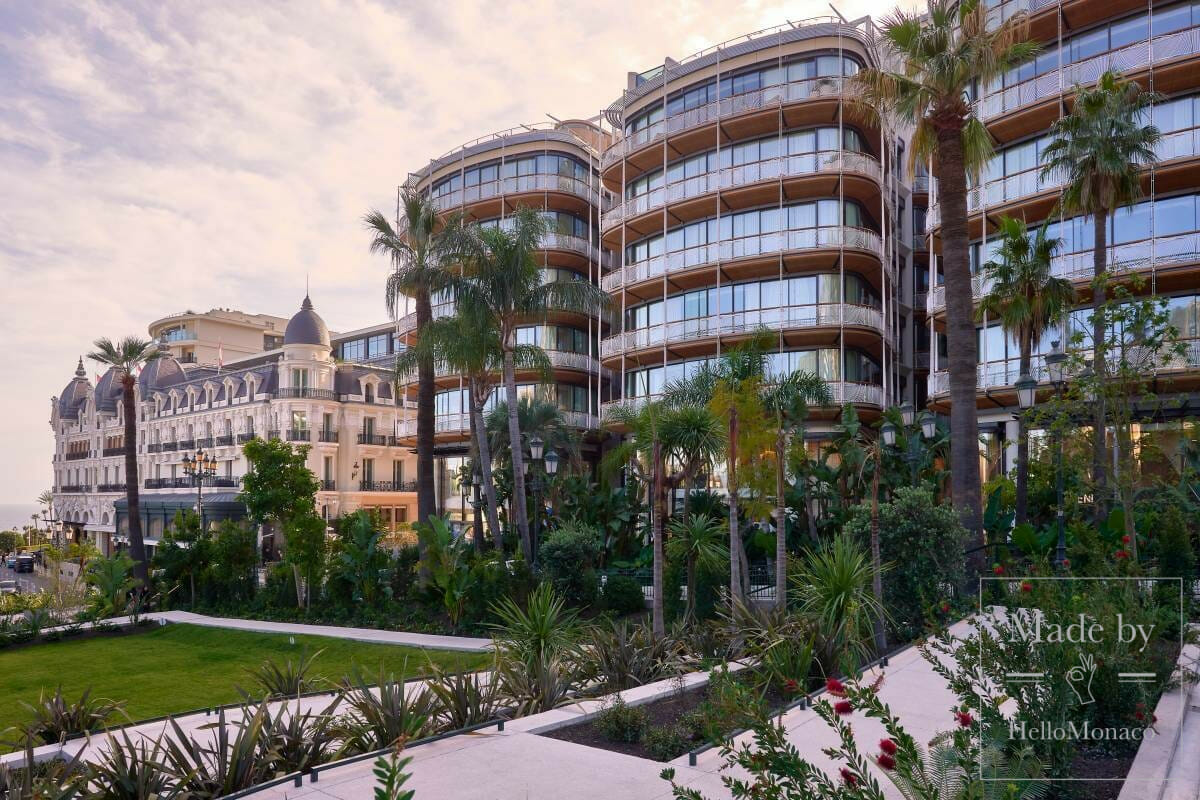
2023: leadership changes and the new Café de Paris opening
In the wake of its 160th anniversary, SBM is going through a leadership change. Having devoted 30 years of his life to SBM, Jean-Luc Biamonti has recently left the group’s management. According to the now former CEO, SBM’s most successful projects in recent years have been the construction of the One Monte-Carlo complex, the renovation of the Hôtel de Paris and the legendary Café de Paris upgrade to be completed by autumn 2023.
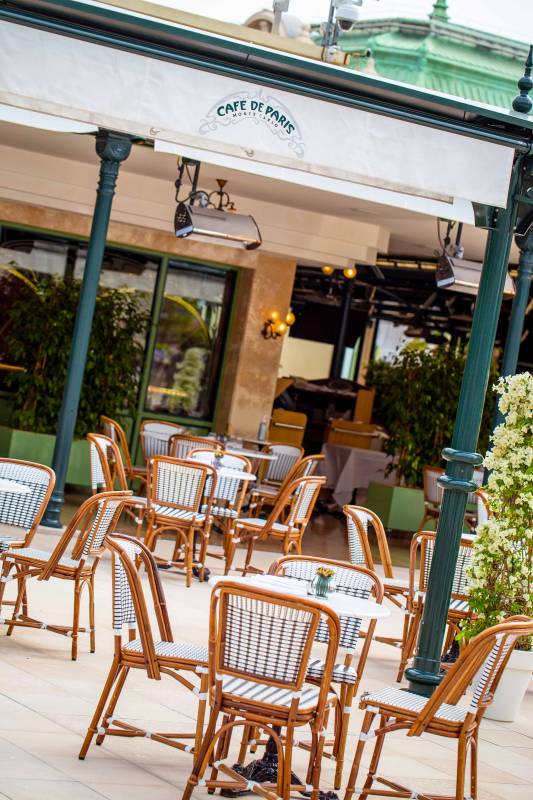
Stéphane Valeri, the head of the Monaco National Council from 2018 to 2022, is to take over the SBM leadership. Formally appointed by the Board of Directors in January, he will start work in April 2023. Jean-Luc Biamonti believes that his successor has ambitious projects ahead of him, related, in particular, to the new Méridien Hotel and the Summer Sporting.
As to the renovated Café de Paris that has experienced many a transformation over the last 155 years, it will be opened in the near future. This grandiose project was entrusted to Alexandre Giraldi of Monaco and Alain-Charles Perrot, President of the French Architects Union for National Historic Monuments Restoration. The two architects were challenged with preserving the historic Belle Epoque style and atmosphere, making the most of its unique potential.
A major feature of the renovation is a new floor equipped with a 280 m2 terrace. A partially glazed roof will naturally light the building all the way to the lower floor. The upper floor, presently hosting the Bellevue hall, will be increased to 400 m2 and connected to yet another 1000 m2 terrace. The project also provides an additional space for luxury boutiques on Allee François-Blanc. And last but not least, the new Amazonico restaurant will open in Café de Paris featuring a Latin American decor and a chic meat-dish menu.

